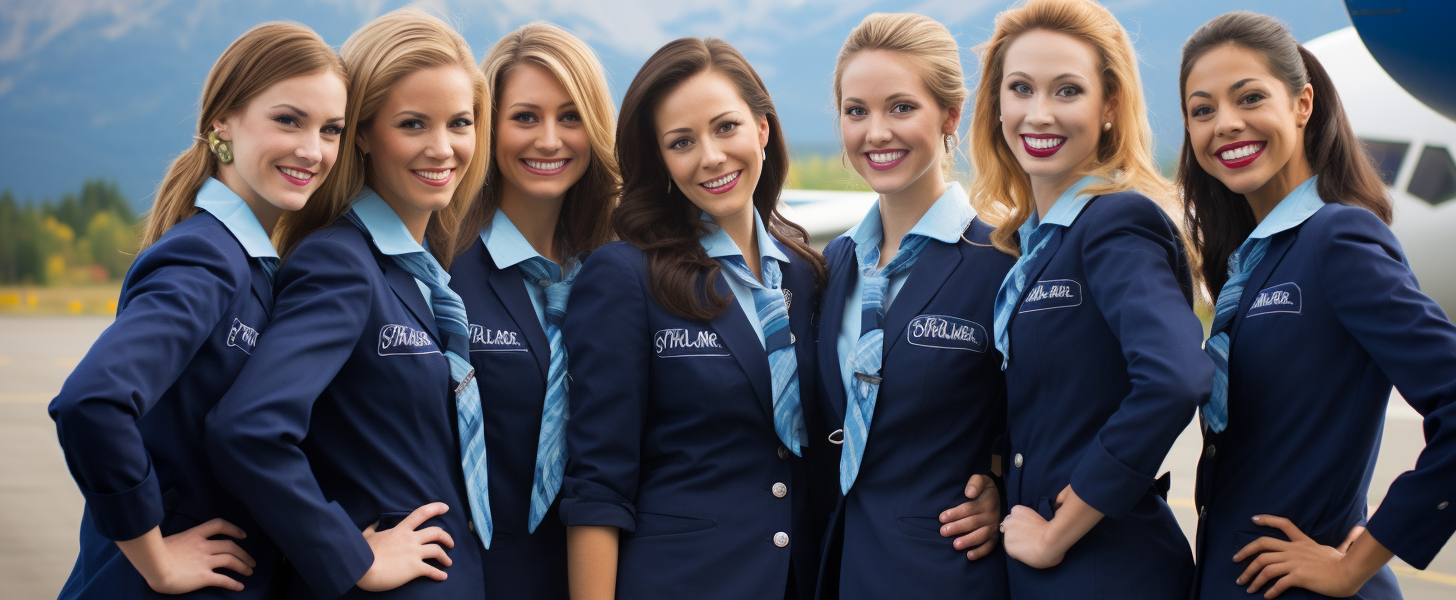In a landmark decision, Alaska Airlines flight attendants have signaled their readiness to strike, marking the first such move in over thirty years. This development underscores a growing trend among airline workers to advocate for improved compensation and working conditions.
A Unanimous Call for Change
The flight attendants, represented by the Association of Flight Attendants (AFA-CWA), have overwhelmingly voted in favor of a strike authorization, with a staggering 99.48% of the participating members supporting the action. This vote does not immediately lead to a strike but serves as a powerful bargaining chip in ongoing contract negotiations.
Industry-Wide Movement for Better Pay
The potential strike at Alaska Airlines is part of a broader movement within the aviation industry. Flight attendants from various airlines have been picketing for better pay and benefits, highlighting the disparity between their compensation and the lucrative deals recently secured by pilots. The AFA-CWA has pointed out that some flight attendants have not seen a wage increase in five years, a period that has seen the airline industry recover and profit from a surge in post-pandemic travel.
The Complex Path to a Strike
Despite the authorization, a strike is not imminent due to the intricate labor laws governing the airline industry. The process for airline workers to legally strike is arduous, ensuring that any potential strike action is a last resort after exhaustive negotiations.
FAQs
What does a strike authorization mean?
A strike authorization is a vote by union members that allows the union’s leadership to call a strike if necessary. It is a common tactic in labor negotiations to apply pressure on the employer but does not guarantee that a strike will occur.
Why haven’t flight attendants received a pay raise?
Flight attendants’ pay has been stagnant due to various factors, including long-term contracts, industry economics, and the slow pace of labor negotiations. The recent push for higher wages is a response to the improving financial situation of airlines and the increased demand for travel.
What are the flight attendants’ demands?
Flight attendants are seeking higher wages, better scheduling, and compensation for time spent boarding and waiting at airports, which is currently unpaid for most U.S. carriers except Delta Air Lines.
How does the strike authorization process work?
The process involves a vote by union members. If a majority supports the strike authorization, the union can use the threat of a strike as leverage during negotiations. However, due to federal regulations, several steps must be completed before an actual strike can take place.
Explanation of Terms
– Strike Authorization: A formal decision by union members allowing their leadership to initiate a strike.
– AFA-CWA: Association of Flight Attendants-CWA, the union representing Alaska Airlines flight attendants.
– Contract Negotiations: The process by which unions and employers discuss and agree upon the terms of employment, including pay, benefits, and working conditions.




